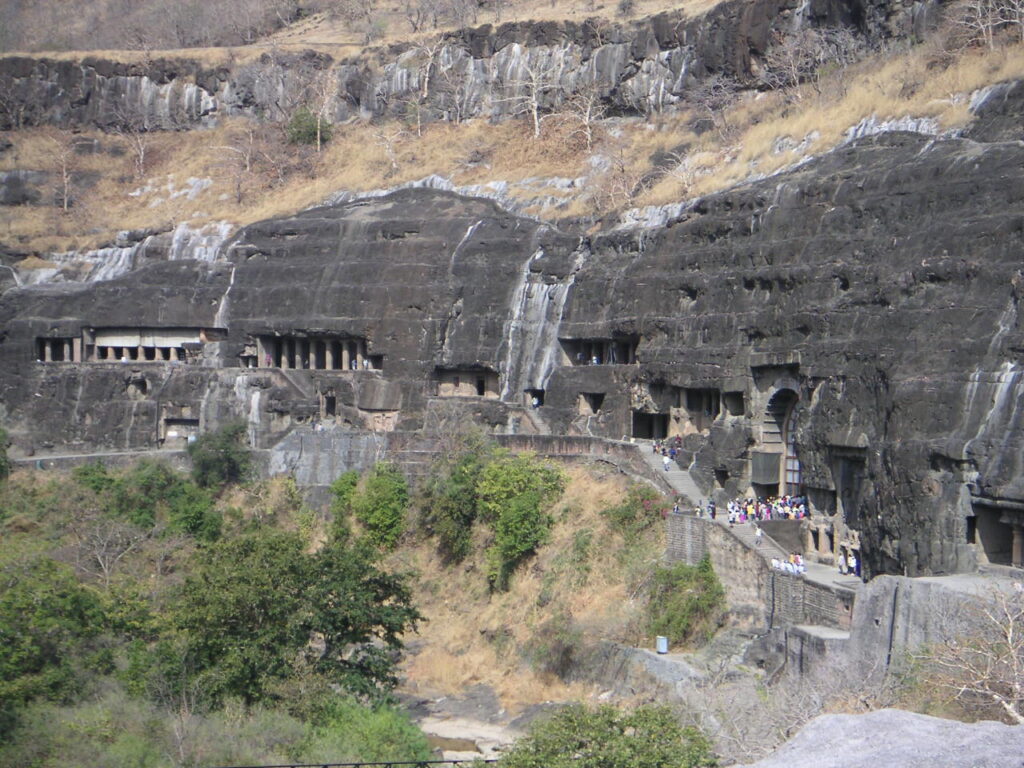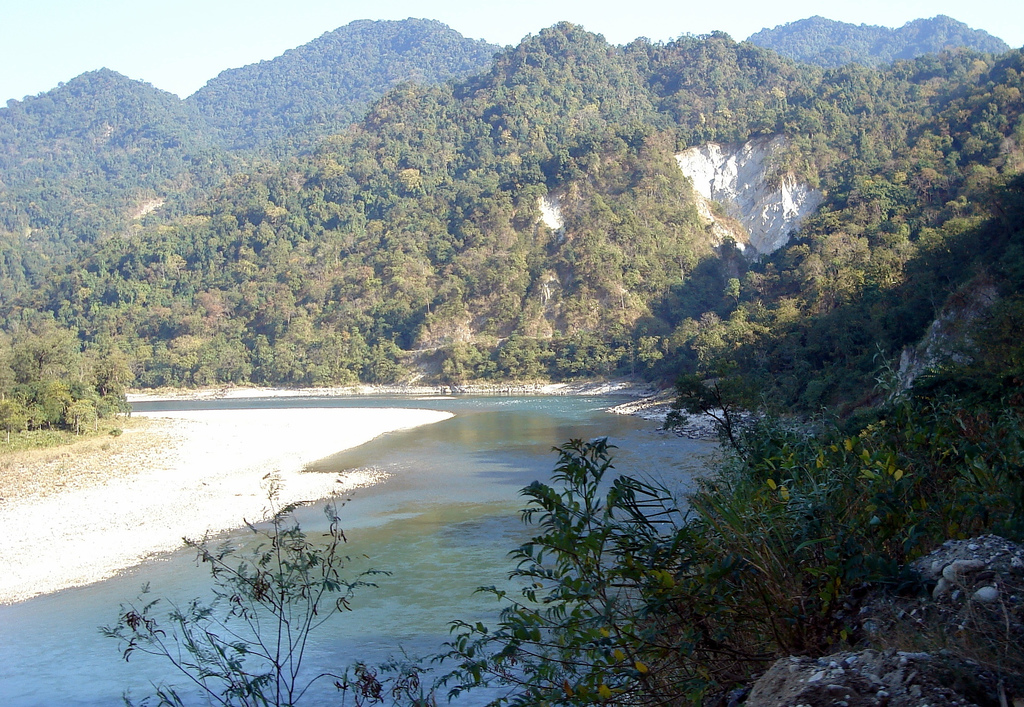Introduction
Kaziranga National Park, located in the state of Assam in northeastern India, is one of the most renowned wildlife sanctuaries in the world. Recognized as a UNESCO World Heritage Site in 1985, Kaziranga is celebrated for its exceptional biodiversity, particularly as a haven for the endangered Indian one-horned rhinoceros. Spanning an area of approximately 430 square kilometers, the park encompasses diverse ecosystems, including grasslands, wetlands, and forests, which support a rich variety of flora and fauna.
Historical Background
Kaziranga’s origins as a protected area date back to the early 20th century. In 1905, Mary Curzon, the wife of the then Viceroy of India, Lord Curzon, visited the area and was dismayed to find that there were hardly any rhinoceroses left. Her concerns led to the establishment of Kaziranga as a proposed reserve forest in 1905. In 1908, it was officially designated as a reserve forest. Over the years, the park’s status evolved, becoming a wildlife sanctuary in 1950, a national park in 1974, and eventually gaining recognition as a World Heritage Site.
Geography and Climate
Kaziranga National Park is situated on the floodplains of the Brahmaputra River, which plays a crucial role in shaping the park’s landscape. The park is divided into four main ranges: the Western Range at Bagori, the Central Range at Kohora, the Eastern Range at Agaratoli, and the Burapahar Range. These ranges provide different habitats that support a wide variety of wildlife.
The climate of Kaziranga is characterized by a tropical monsoon pattern, with three distinct seasons: summer, monsoon, and winter. Summers (March to May) are hot and humid, with temperatures ranging from 25°C to 37°C. The monsoon season (June to September) brings heavy rainfall, often leading to flooding, which rejuvenates the grasslands and wetlands. Winters (November to February) are mild and dry, with temperatures ranging from 5°C to 25°C, making it the best time for wildlife viewing.
Flora of Kaziranga
The diverse habitats of Kaziranga support a rich variety of plant life. The park’s vegetation is predominantly tropical moist mixed deciduous and tropical semi-evergreen forests, interspersed with tall elephant grass, marshland, and numerous water bodies. This mix of habitats creates an ideal environment for a wide range of species.
Grasslands
The extensive grasslands of Kaziranga, dominated by tall elephant grass, are crucial for the survival of the park’s large herbivores. These grasslands are periodically burned to promote new growth and maintain the habitat’s health. The grasslands also include patches of shorter grasses and open plains, which provide grazing grounds for herbivores like the one-horned rhinoceros, wild buffalo, and various species of deer.
Wetlands
Kaziranga’s wetlands, formed by numerous small rivers, streams, and oxbow lakes, are rich in aquatic vegetation. These wetlands are essential for maintaining the park’s biodiversity, providing breeding grounds for fish, amphibians, and numerous bird species. Common aquatic plants include water hyacinth, water lilies, and various species of sedges and reeds.
Forests
The park’s forested areas include semi-evergreen and deciduous forests. Dominant tree species in these forests include Sal (Shorea robusta), Indian Rosewood (Dalbergia sissoo), and various species of figs (Ficus spp.). The forest undergrowth is dense, with a variety of shrubs, climbers, and epiphytes, creating a rich and diverse habitat for numerous species of mammals, birds, and insects.
Fauna of Kaziranga
Kaziranga National Park is renowned for its rich and diverse wildlife, making it one of the most significant biodiversity hotspots in India. The park is home to a variety of mammals, birds, reptiles, and amphibians, many of which are endangered and rare.
Mammals
Kaziranga’s most iconic resident is the Indian one-horned rhinoceros (Rhinoceros unicornis). The park is home to approximately two-thirds of the world’s population of this species, making it the single most important stronghold for the rhinoceros.
Other notable mammals include:
- Asian Elephant (Elephas maximus): Kaziranga has a significant population of wild elephants, which roam the park’s grasslands and forests in large herds.
- Bengal Tiger (Panthera tigris tigris): The park is a designated tiger reserve and supports a healthy population of tigers. The dense grasslands provide ideal cover for these apex predators.
- Wild Water Buffalo (Bubalus arnee): Kaziranga has one of the largest populations of wild water buffalo in the world. These massive animals are often seen grazing in the park’s wetlands.
- Indian Leopard (Panthera pardus fusca): Leopards are also present in the park, although they are more elusive and harder to spot than tigers.
- Various Deer Species: Including the swamp deer (Cervus duvaucelii), sambar (Rusa unicolor), and Indian muntjac (Muntiacus muntjak).
Birds
Kaziranga is a paradise for bird watchers, with over 450 species of birds recorded in the park. The diverse habitats support a wide range of resident and migratory birds. Notable bird species include:
- Greater Adjutant Stork (Leptoptilos dubius): An endangered species, Kaziranga is one of the few places where these storks can be seen.
- Pallas’s Fish Eagle (Haliaeetus leucoryphus): A large bird of prey that is often seen near water bodies.
- Bengal Florican (Houbaropsis bengalensis): An endangered bustard species that inhabits the park’s grasslands.
- Great Hornbill (Buceros bicornis): A large and striking bird that can be seen in the park’s forested areas.
- Various Waterfowl: Including bar-headed geese, northern pintails, and various species of ducks that migrate to the park during the winter months.
Reptiles and Amphibians
Kaziranga’s wetlands and forests provide ideal habitats for a variety of reptiles and amphibians. Notable species include:
- Indian Python (Python molurus): A large and powerful snake that can often be seen basking near water bodies.
- King Cobra (Ophiophagus hannah): The world’s longest venomous snake, found in the park’s forested areas.
- Assam Roofed Turtle (Pangshura sylhetensis): An endangered turtle species that inhabits the park’s water bodies.
- Various Frogs and Toads: Including the Indian bullfrog (Hoplobatrachus tigerinus) and various species of tree frogs.
Conservation Efforts
Kaziranga National Park’s success in wildlife conservation is the result of dedicated efforts by the government, conservationists, and local communities. Several measures have been implemented to protect and preserve the park’s biodiversity.
Anti-Poaching Measures
Poaching, particularly of rhinos for their horns, has been a significant threat to Kaziranga’s wildlife. To combat this, the park authorities have established a robust anti-poaching network, which includes armed forest guards, surveillance, and intelligence networks. The use of modern technology, such as drones and GPS tracking, has also been incorporated to enhance monitoring and protection efforts.
Habitat Management
Maintaining and restoring the park’s diverse habitats is crucial for the survival of its wildlife. Controlled burning of grasslands, management of water bodies, and prevention of invasive species are some of the habitat management practices employed in Kaziranga. These measures help ensure that the park’s ecosystems remain healthy and capable of supporting its diverse flora and fauna.
Community Involvement
The involvement of local communities is essential for the long-term success of conservation efforts. Various programs have been implemented to engage local communities in conservation activities, such as eco-development projects, education, and awareness campaigns. These initiatives aim to provide alternative livelihoods, reduce human-wildlife conflict, and foster a sense of stewardship among the local population.
Research and Monitoring
Ongoing research and monitoring are critical for understanding the dynamics of Kaziranga’s ecosystems and wildlife populations. Various organizations, including the Wildlife Institute of India (WII) and the Assam Forest Department, conduct regular studies on wildlife behavior, population trends, and habitat health. This data informs management decisions and helps adapt conservation strategies as needed.
Challenges and Threats
Despite its success, Kaziranga National Park faces several challenges and threats that require continuous attention and action.
Flooding
The annual flooding of the Brahmaputra River, while beneficial for replenishing the park’s ecosystems, can also pose significant challenges. Floods can lead to the displacement of wildlife, destruction of habitats, and increased vulnerability to poaching. Effective flood management strategies and the creation of highland refuges for animals during floods are essential to mitigate these impacts.
Human-Wildlife Conflict
As human populations and agricultural activities expand around Kaziranga, conflicts between humans and wildlife have become more frequent. Crop raiding by elephants and depredation by tigers and leopards can lead to economic losses and pose risks to human safety. Implementing measures such as community-based conflict mitigation strategies, compensation schemes, and the creation of buffer zones can help address these issues.
Poaching and Illegal Wildlife Trade
Poaching remains a significant threat, particularly for high-value species like the Indian one-horned rhinoceros. Despite stringent anti-poaching measures, the demand for rhino horns and other wildlife products continues to
4o






